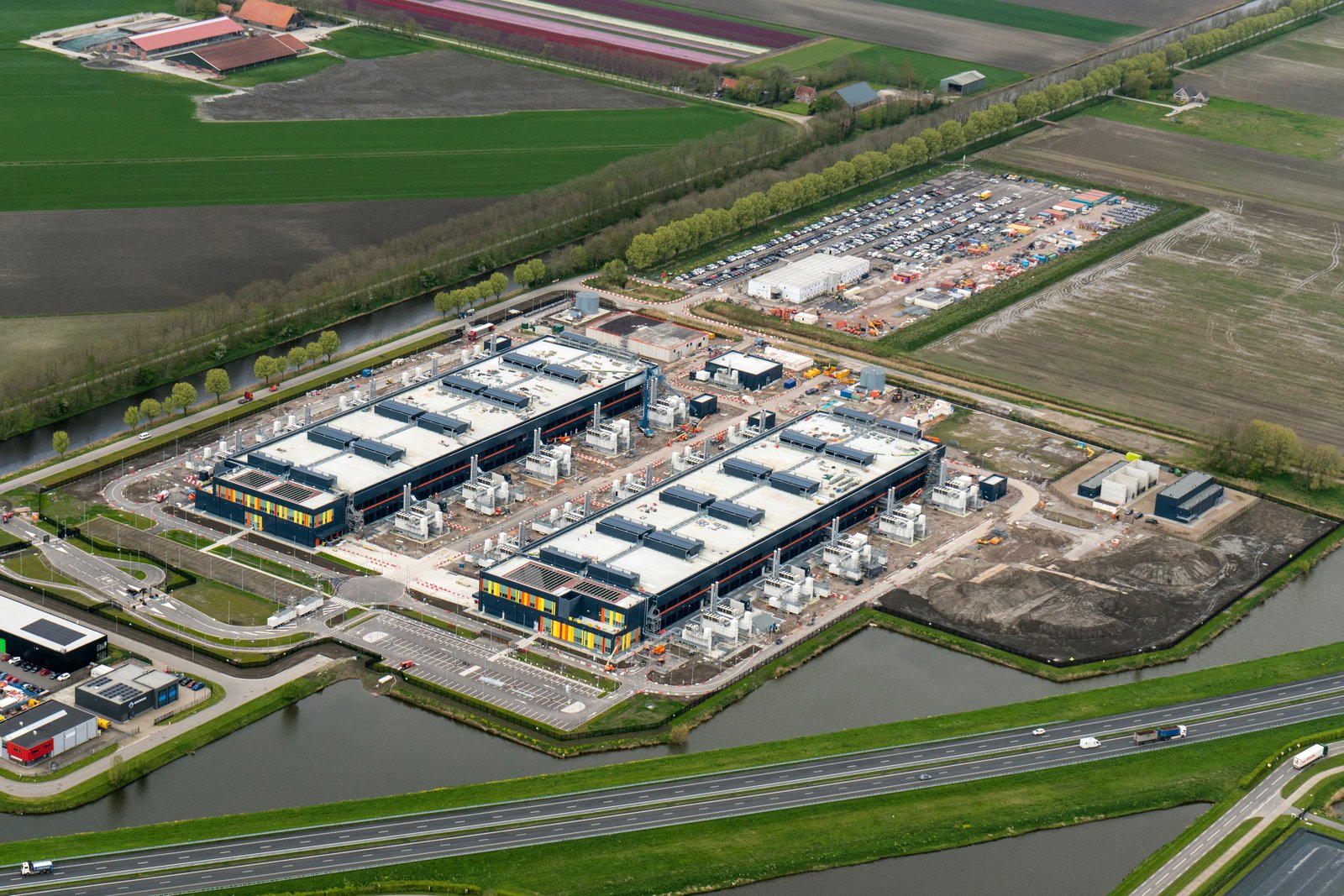Every major construction project depends on a reliable, well-orchestrated supply chain. But even the best-designed plans are constantly tested by real-world challenges. From delayed deliveries to labor shortages and budget blowouts, the construction supply chain is under growing pressure to deliver speed, precision, and resilience.
While each project is unique, the same four problems show up time and again. Understanding these recurring challenges is the first step toward reducing delays, protecting margins, and keeping projects on track.
Why Construction Supply Chains Are Uniquely Complex
Large-scale construction projects are not like standard manufacturing operations. They combine hundreds of suppliers, dozens of trades, and constantly shifting site conditions. Most projects stretch over multiple years, with tight sequencing between phases and very little margin for error.
Unlike a fixed production environment, construction sites evolve over time. Materials and equipment must arrive just as foundations are poured, ceilings are closed, or systems are commissioned. A single missing delivery can affect multiple teams and cause cascading delays.
As one senior construction leader from a Fortune 500 company explained in a recent interview:
“These are long, complex projects. At any stage, you can run into problems with labor, cost, materials, or scheduling. And if your supply chain isn’t ready, the whole project pays the price.”
So what are the most common challenges?
Labor Shortages
The global construction industry has been facing labor shortages for years, especially in skilled trades and site logistics roles. These shortages impact everything from unloading materials to completing installations on time.
When deliveries arrive but there are not enough people to handle or install them, the project slows down. Labor availability also affects contractors’ ability to ramp up or pivot quickly when project conditions change.
Root causes of the labor shortage include:
- Aging workforce with fewer younger replacements
- Increased competition from other industries
- Limited mobility of skilled workers across regions
- High turnover rates due to project-based employment
Solving this problem goes beyond hiring. It requires better planning, tighter coordination with trade partners, and in some cases, automation or offsite manufacturing strategies to reduce on-site labor needs.
Schedule Disruptions
Construction projects operate on tightly controlled schedules. Every phase depends on the successful completion of the one before it. This creates a chain of dependencies, and if any link in the chain breaks, the entire timeline shifts.
Typical causes of schedule disruption include:
- Late material or equipment deliveries
- Unexpected site conditions or design changes
- Weather impacts
- Permit or inspection delays
- Lack of visibility into critical items on the project schedule
To avoid unnecessary downtime, supply chain teams must have early warning systems in place. These include real-time tracking, proactive supplier updates, and clear communication between procurement, logistics, and construction teams.
Cost Overruns
Staying within budget is one of the toughest challenges in large construction projects. While initial estimates may look solid on paper, unexpected costs quickly add up during execution.
Common cost drivers linked to supply chain issues include:
- Expedited shipping for late materials
- Idle labor waiting on missing equipment
- Double handling of goods due to poor site coordination
- Storage fees when materials arrive before they’re needed
- Price volatility for high-demand components
A key contributor to these overruns is the lack of real-time cost visibility. When teams don’t know the true cost impact of delays or changes, they react too late. Smart supply chain systems that connect financial and operational data help teams make better, faster decisions.
Material and Equipment Availability
Many construction delays begin with one simple problem: the material or equipment you need is not available when you need it. This could be due to supplier backlog, customs delays, inaccurate lead times, or global shortages of key components.
During and after the COVID-19 pandemic, many companies experienced long lead times that doubled or tripled overnight. Although conditions have improved, the risk remains. Demand spikes, regulatory changes, and geopolitical tensions can all disrupt availability.
Another key issue is the lack of visibility across supplier networks. Owners and contractors often rely on manual updates from suppliers, rather than integrated systems that show what is in stock, what is on order, and where it is in transit.
Without better data and supplier integration, teams are forced to rely on guesswork instead of facts. That leads to delays, poor planning, and missed milestones.
The Bigger Picture: These Challenges Are Connected
Although these four challenges are often discussed separately, they are closely intertwined. A delay in material availability can lead to idle labor, which in turn affects the schedule and increases costs. Labor shortages can make it harder to recover from delays. Poor visibility makes all of these problems worse.
This is why construction supply chain management needs to evolve. It is no longer enough to manage materials in isolation. Teams need a unified view of people, products, processes, and partners.
Visibility, integration, and smart planning are the keys to staying ahead of these risks.
Final Thoughts
Construction logistics is not just about getting materials to the site. It is about getting the right materials to the right place, at the right time, in sync with everything else happening on a live construction site.
To meet the demands of modern construction, supply chain teams must prepare for labor shortages, mitigate material risks, track project-critical deliveries, and manage cost in real time.
Understanding the most common challenges is step one. Solving them requires better systems, better communication, and a mindset of collaboration across the full project ecosystem.



